There is the following example:

simulate this circuit – Schematic created using CircuitLab
Its loading of the feedback network on the input side is 40kohm in series. Its loading of feedback network on the output side is 2kohm in parallel.
There is another example:

Frankly speaking, they are all from my exercise booklet, But the material related to this concept is really rare.
What is the definition of "the loading of feedback network on the input/output side", and how to analyze it?

